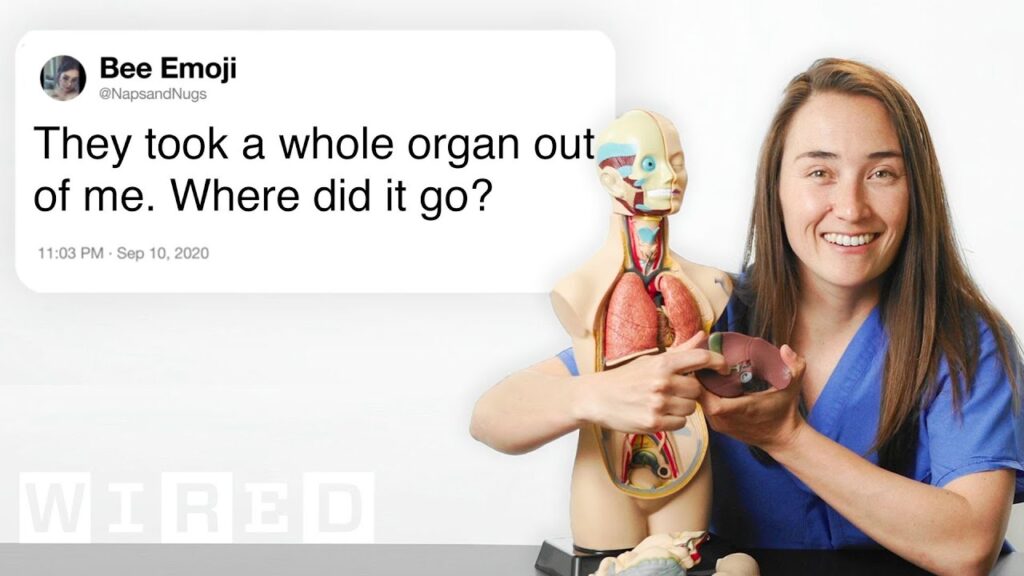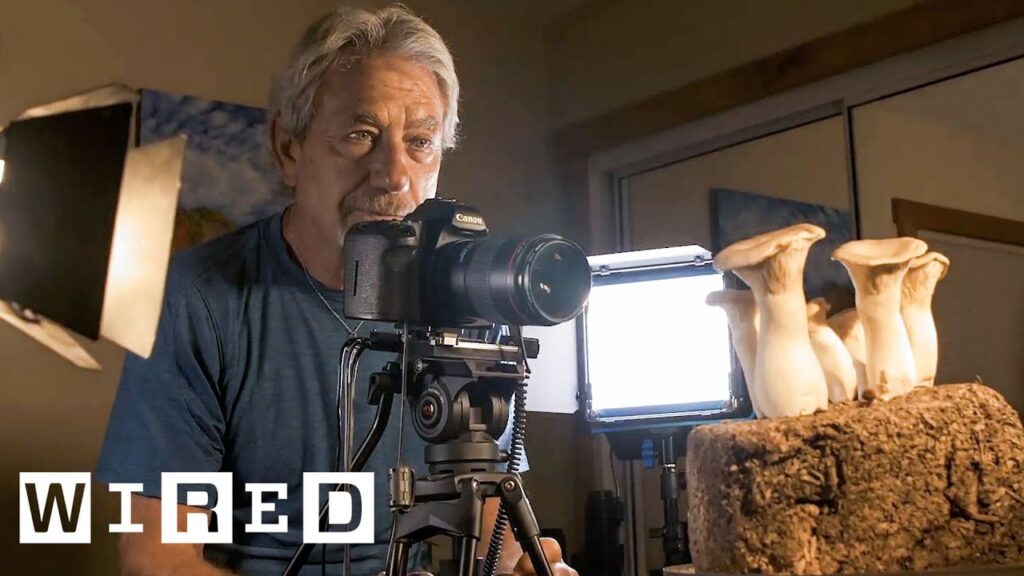The Human Face of Big Data: Putting a Human Touch on Information
Summary
In this article, we explore the concept of big data and how it is changing the way we interact with information. We delve into the latest project by Rick Smoli, The Human Face of Big Data, which aims to put a human face on information and change the way people relate to it. We also discuss the challenges of making this information relevant and meaningful to people’s lives.
Table of Contents
- The Human Face of Big Data
- The Impact of Big Data on Modern Times
- Technology for Good
- Mapping Migration Patterns and Energy Usage
The Human Face of Big Data
Rick Smoli, the visionary behind the Day in the Life photography series, has launched his latest project, The Human Face of Big Data. The project, which will be released in book form on November 20th, aims to take information that doesn’t mean anything to people and put a human face on it to change the way people relate to information. Smoli and his team sent thousands of photographers around the world to chronicle the topic of big data. The project has been in the works for a year and involved about 200 people. Smoli explained that big data is like watching the planet develop a nervous system, and the ability to measure, analyze, visualize, and respond in real-time is a new ability for the human species. The project is not just about the book, but the journey and the many different things that were involved in it.
The Impact of Big Data on Modern Times
The amount of data generated by humans has increased exponentially, from five exabytes since the dawn of humanity to five exabytes every two days now. Everything that can be measured is being measured, and the cost of measuring is becoming almost zero. Devices are generating more information than humans, and they are changing their behavior based on each other’s behavior. Big data used to be associated with big brother, but it has now become a valuable tool for various purposes. The challenge is to make this information relevant and meaningful to people’s lives.
The speaker discusses the amount of information we are exposed to in modern times, using a photograph of Times Square at different times of day as an example. They also mention how the amount of information generated in the first day of a baby’s life is 70 times more than the Library of Congress. The impact of data transparency and social media on politics is also discussed, with examples of how technology can be used for good, such as early earthquake warning systems and a crowd-sourced global earthquake detection system.
Technology for Good
Technology can be used for good in various ways. For instance, animal sensors can be used to map migration patterns and ocean currents, leading to better conservation efforts. There is also a device that can recognize the digital signature of every device in a household to determine energy usage. This can help households reduce their energy consumption and save money on their bills.
Mapping Migration Patterns and Energy Usage
The use of animal sensors to map migration patterns and ocean currents is an example of how big data can be used for conservation efforts. By tracking the movements of animals, we can better understand their behavior and protect them from threats. Similarly, the device that recognizes the digital signature of every device in a household can help households reduce their energy consumption and save money on their bills. This is just the beginning of what can be achieved with big data and technology.
Conclusion
The Human Face of Big Data project is a testament to the power of big data and the potential it holds for changing the way we interact with information. With the right tools and approach, we can use big data for good and make a positive impact on the world.







